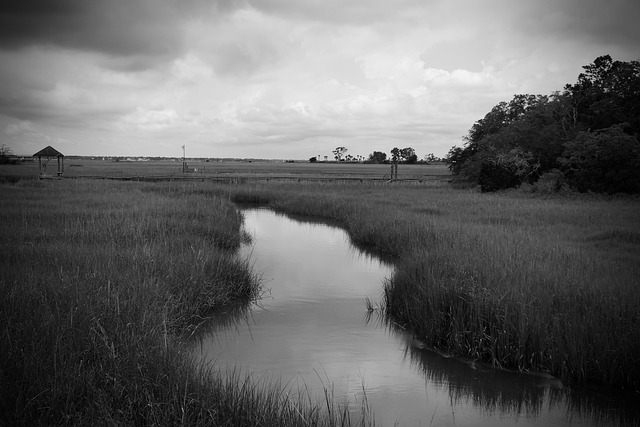
Territorial Expansion
Understanding Territorial Expansion
Territorial expansion is like that one friend who just can't resist a buffet—always looking for more, no matter how much they already have. In the political world, this phenomenon involves a state or nation increasing its land and jurisdiction, often through conquest, colonization, or treaties. It’s a process that reshapes political boundaries and alters demographic patterns, not to mention it can stir up quite the socio-economic dynamics between regions. Let’s dive into this fascinating topic, shall we?
The American Landscape in the 1840s
In the 1840s, the United States was like a kid in a candy store, eager to grab as much land as possible. The idea of expanding the nation’s territory was not just popular; it was practically a national pastime. Many Americans believed in the concept of Manifest Destiny—the idea that it was their divine right to expand across the continent. Sounds a bit dramatic, right? But hey, it was the 19th century, and everything was dramatic back then.
Political Tensions and Expansion
However, not all was smooth sailing on the expansion front. The internal conflict over slavery was like a stubborn stain on a white shirt—hard to ignore and increasingly problematic. Pro-slavery Southerners were particularly keen on expanding southwards, hoping to find more land for their beloved cotton fields and, you guessed it, slavery. This desire for more territory often clashed with the growing abolitionist sentiments in the North, creating a political tug-of-war that would eventually contribute to the Civil War. Talk about a family feud!
The Later 1850s: A Bumpy Road
As the 1850s rolled around, the U.S. faced a bit of a hiccup in its expansionist dreams. Domestic tensions over slavery were at an all-time high, and the nation was like a car stuck in traffic—plenty of ambition but no clear path forward. The desire for expansion was still present, but it was overshadowed by the heated debates and conflicts surrounding the issue of slavery. Who knew that land acquisition could be so complicated?
International Expansion: The Opium Wars
While the U.S. was busy grappling with its own issues, the world was moving on. The Opium Wars in China during the mid-19th century opened up new avenues for international expansion. The treaties that followed, particularly the Treaty of Wangxia and the Treaty of Tianjin, allowed the U.S. to establish trade relations with China. Not exactly the land grab some might envision, but hey, a good deal is a good deal, right? 🌏
Conclusion: The Legacy of Expansion
Territorial expansion has left an indelible mark on the socio-political landscape of the United States. It reshaped boundaries, altered demographics, and set the stage for some of the most significant events in American history. Whether viewed as a noble pursuit or a contentious endeavor, one thing is clear: the quest for more land has always been a driving force in shaping nations. So, the next time you find yourself daydreaming about your own little slice of paradise, just remember—you’re not alone in that quest for more!
















 The Constitutional Convention
The Constitutional Convention 
 Health
Health  Fitness
Fitness  Lifestyle
Lifestyle  Tech
Tech  Travel
Travel  Food
Food  Education
Education  Parenting
Parenting  Career & Work
Career & Work  Hobbies
Hobbies  Wellness
Wellness  Beauty
Beauty  Cars
Cars  Art
Art  Science
Science  Culture
Culture  Books
Books  Music
Music  Movies
Movies  Gaming
Gaming  Sports
Sports  Nature
Nature  Home & Garden
Home & Garden  Business & Finance
Business & Finance  Relationships
Relationships  Pets
Pets  Shopping
Shopping  Mindset & Inspiration
Mindset & Inspiration  Environment
Environment  Gadgets
Gadgets  Politics
Politics 